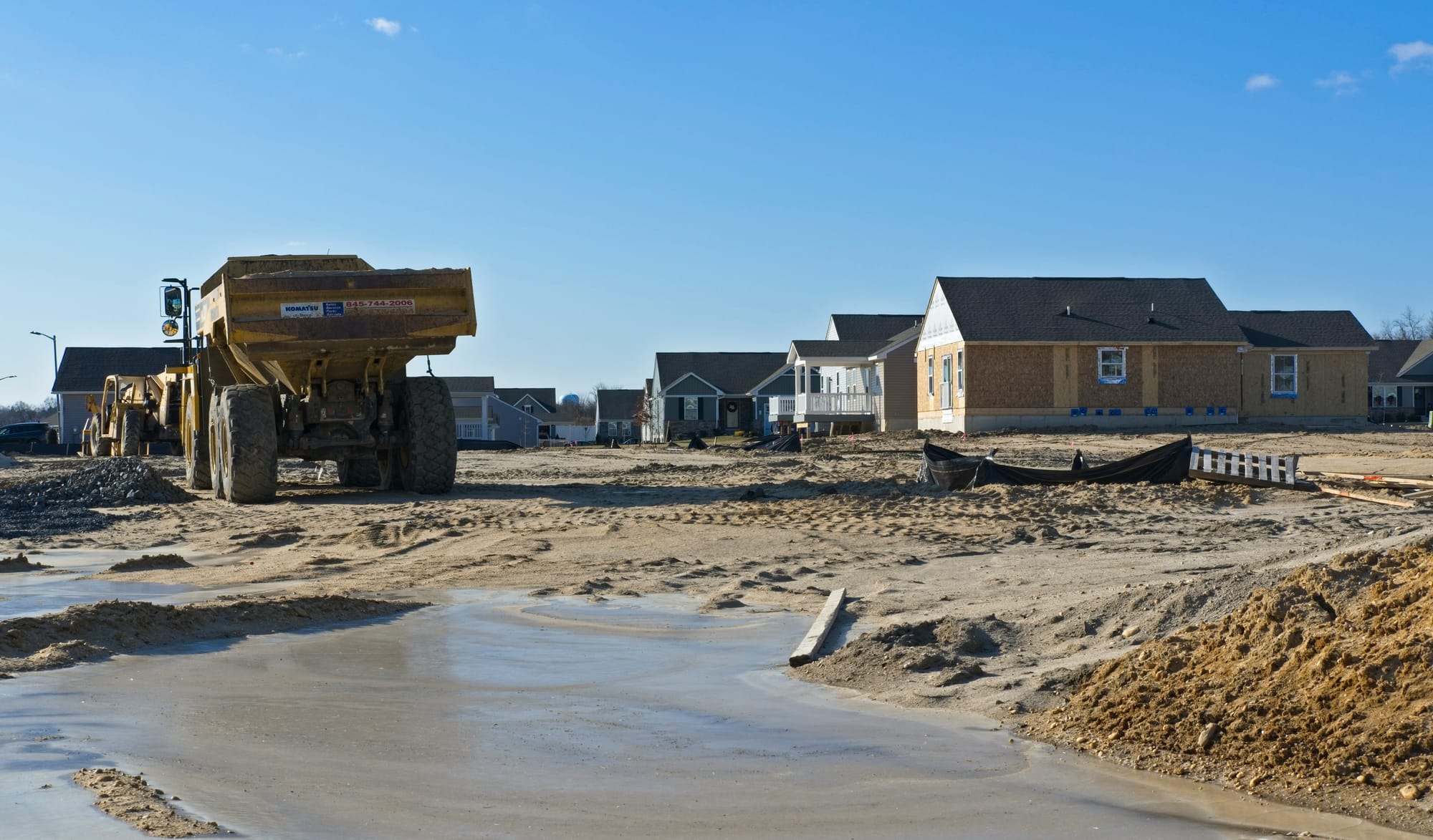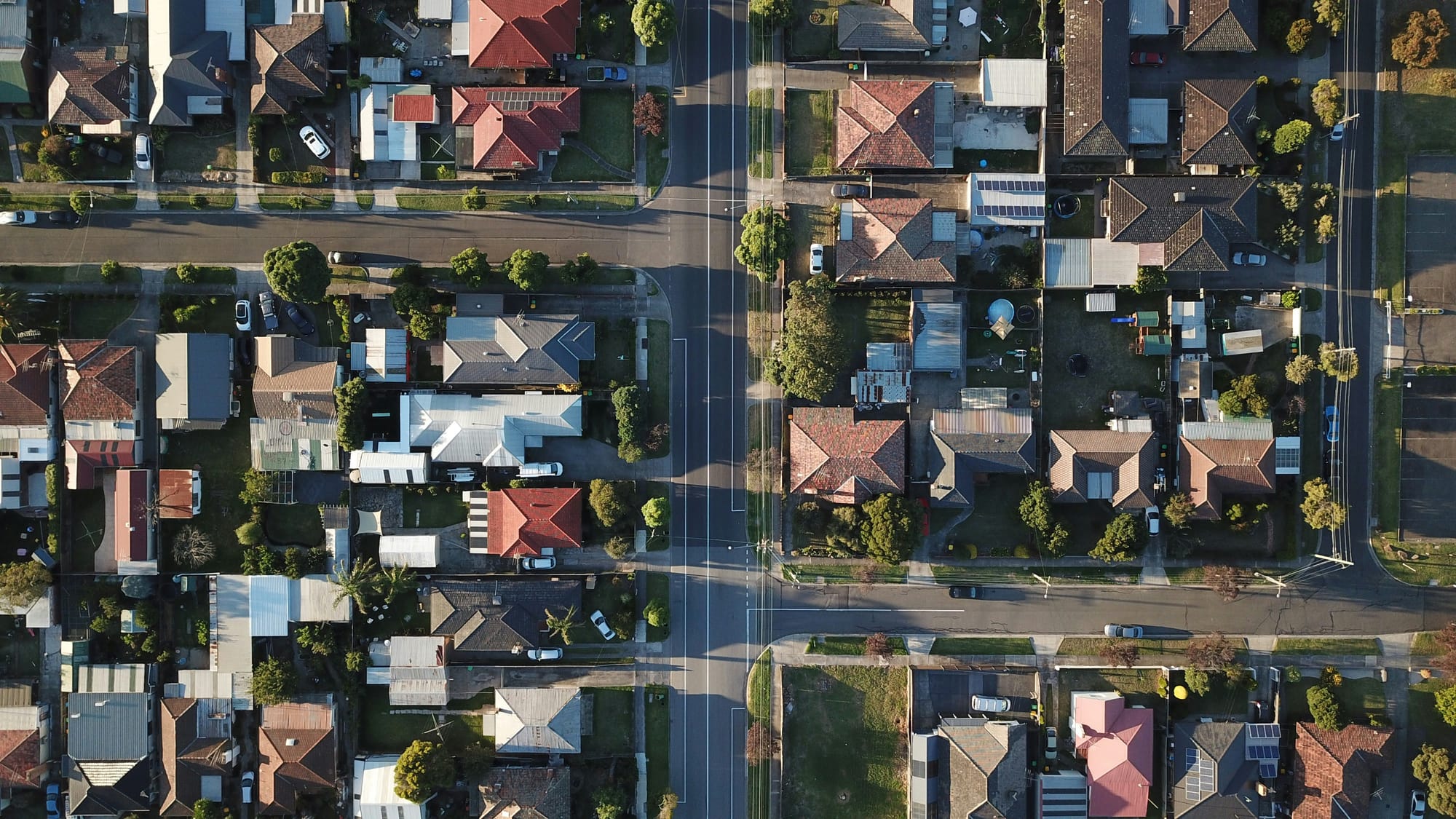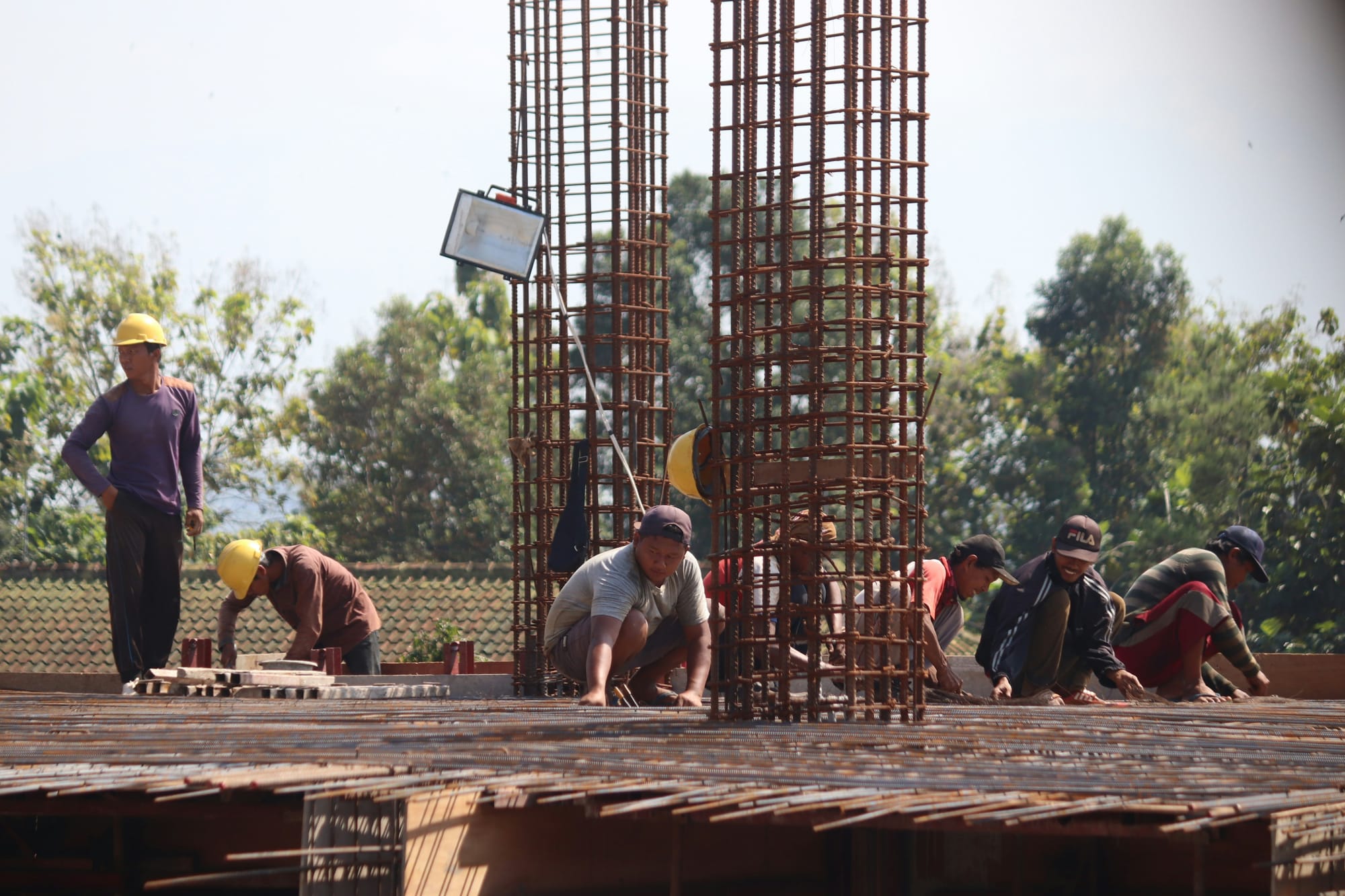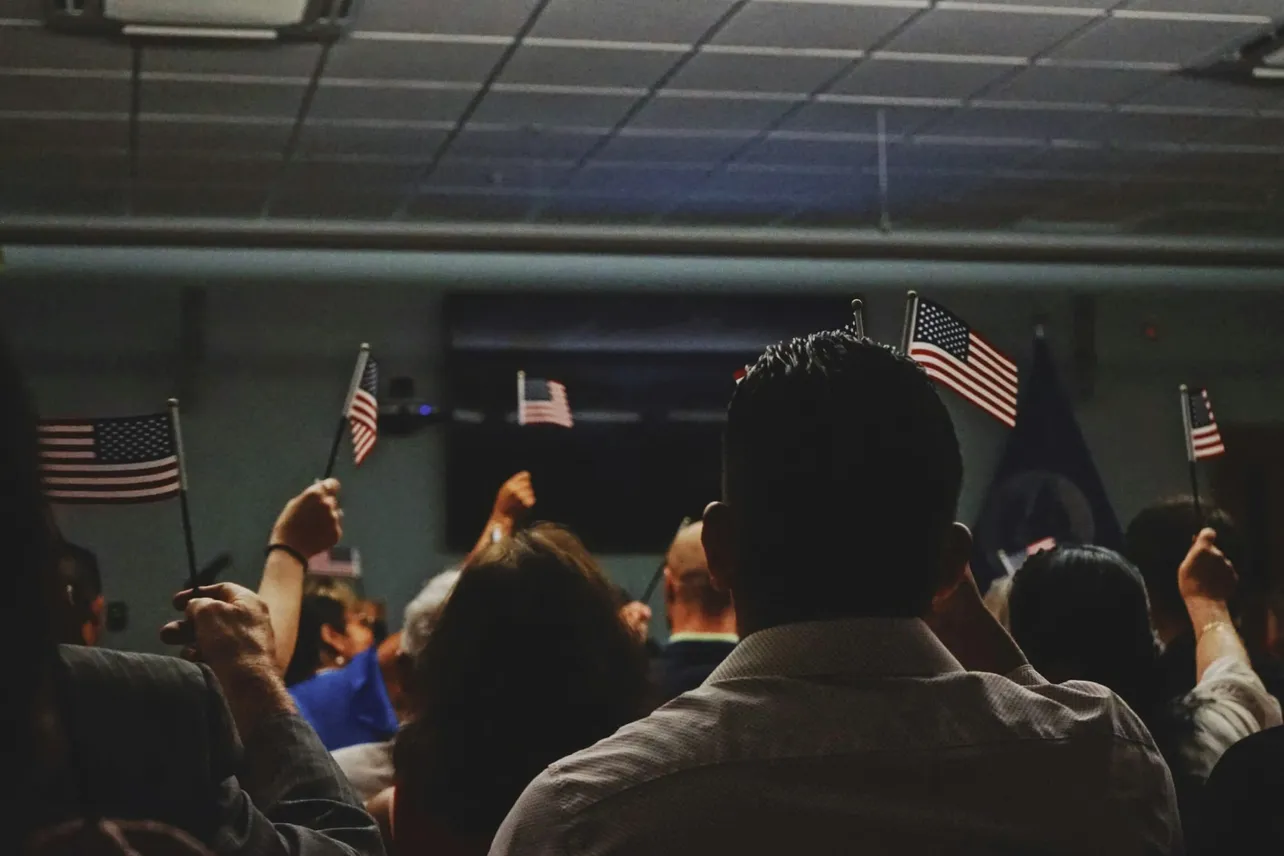Families who lost homes, memories, and connections during the Los Angeles wildfires earlier this year have faced many barriers to rebuilding. In the coming months, another factor could potentially hamper plans to rebuild: immigration policies.
In January 2025, deadly blazes swept across portions of Southern California, scorching tens of thousands of acres and destroying more than 16,000 homes. Around the same time, President Donald Trump began dramatically expanding immigration enforcement measures across the country.
The current administration has set a target of 3,000 immigration-related arrests per day. Across the country, raids by Immigration and Customs Enforcement (ICE) have increased dramatically, resulting in both protests and a sense of fear among many California families.
Along with the devastating effects these immigration raids have had on communities, families, and individuals, they will also make rebuilding and recovery much harder in wildfire-affected areas. Here’s how.
Immigration Policy’s Effect on Rebuilding Efforts

Last month, Lotus Rising LA spoke to UCLA Professor Christopher Tang, an expert in business management and supply chains. In the interview, Tang noted that tariffs would increase construction costs because they’d make raw materials more expensive to import into the country. However, he also brought up another factor that could complicate reconstruction.
Rebuilding homes lost in the January wildfires could require as many as 70,000 new skilled workers by mid-2026, according to a research report cited by the Claims Journal. In Los Angeles County, the current construction workforce is about 145,000. That means rebuilding might require as many as 215,000 total skilled construction workers.
In California, immigrant workers make up about 40% of the construction labor force, higher than the national average of 30%, according to data from the National Immigration Forum. However, that number might be even higher for residential construction, which the LA Times notes is generally nonunionized and less regulated than capital construction projects.
According to the Pacific Research Institute, immigrant workers offer skills that are critically needed in the construction industry since many Americans “have moved on from construction work in favor of other professions.” Construction businesses in California and beyond are highly dependent on immigrant workers – some of whom might not have legal status in the U.S.
Back in January, the LA Times pointed out that the White House’s immigration policy was on a “collision course” with wildfire rebuilding. And, with mass deportations well underway, families who lost homes during the wildfires are already seeing an effect.
One homeowner in Altadena who lost her house during the Eaton Fires says that the construction of her home has come to a “standstill” because of the activities of federal agents in the area. Immigrant workers, who helped clear debris after the fires and are essential for rebuilding, are now afraid to work.
How Immigration Raids are Exacerbating Existing Issues

Current immigration policy is not happening in a vacuum either. The U.S. is currently experiencing a massive housing crisis, with demand for new homes far outpacing supply. This is caused by a variety of factors, including rising material costs, supply chain snags, and, yes, labor shortages.
According to a research study by the Home Builders Institute (HBI) and the University of Denver, labor shortages directly led to 19,000 fewer homes being built in 2024. Lack of skilled labor leads to longer construction timelines, resulting in an annual economic impact of approximately $10.8 billion.
It’s worth noting that this data assumes housing conditions not affected by natural disasters. The destruction of thousands of homes earlier this year has created an unprecedented crunch for construction workers. However, with fewer skilled workers available, construction timelines will only continue to elongate.
Dan Gatsby of the Los Angeles Builders Association told CBS News in February that rebuilding efforts could take up to 40 years as a consequence of labor shortages fueled by immigration raids and mass deportations. These types of labor shortages will also complicate and delay other construction work, worsening the already critical housing crisis.
Rebuilding delays often force wildfire survivors into rental instability or even homelessness. With fewer homes in Los Angeles and increased demand on a housing market that can’t keep up with supply, the affordability of any type of home is only going to worsen.
It’s not just housing costs that will increase, either. A Politico report from July 8 noted that mass deportations have already affected the economy with increased production costs and lowered output of goods. Because of limited workers in industries across the country, strict immigration enforcement policies could “permanently increase inflation” and depress local economies.
What We Can Do to Help

Governments, nonprofits, and others are already taking steps to mitigate the damage. On July 8, a number of city governments in Southern California joined a lawsuit filed by the ACLU that seeks to challenge immigration raids in the region. The same day, California Gov. Gavin Newsom announced $101 million in new funding meant to rebuild critical housing lost during the wildfires. Los Angeles Mayor Karen Bass also signed an executive order to support immigrant families.
Businesses and industries have put pressure on the federal government. The White House backpedaled on stringent immigration policies for industries like farming and hospitality after businesses pushed back and raised concerns about labor shortages. The construction industry, which is already mired in labor shortages, could do something similar.
Rebuilding, however, is still going to be an arduous task. Along with philanthropic and government assistance, rebuilding in the face of these challenges might take creative solutions. For example, prefabricated and modular construction are an alternative to traditional homes. Since they’re faster to build than traditional homes, they also help minimize labor costs and reduce demand on the local construction labor pool.
Helping fire survivors doesn’t just end at rebuilding. Along with the physical logistics of construction, support networks and service-oriented programs like those at Lotus Rising LA need attention as well. In a climate of fear and uncertainty, nonprofits working to help families affected by the fires will need additional financial and volunteer support.
You can do your part to help, too. Los Angeles is a community that takes care of its own. To learn how you can help families and individuals affected by the 2025 Los Angeles wildfires, visit this link, and check out the resources on immigrant rights listed below.
Immigration Resources
- Comprehensive Know Your Rights Guide Against ICE Raids
- National Day Laborer Organizing Network (NDLON)
- American Civil Liberties Union (ACLU)
- Coalition for Humane Immigrant Rights (CHIRLA)
- Legal Aid Foundation of Los Angeles
Disclaimer: The content shared in our blog is for informational purposes only and should not be considered legal, medical, or financial advice. Please consult with a qualified professional for guidance specific to your situation.

